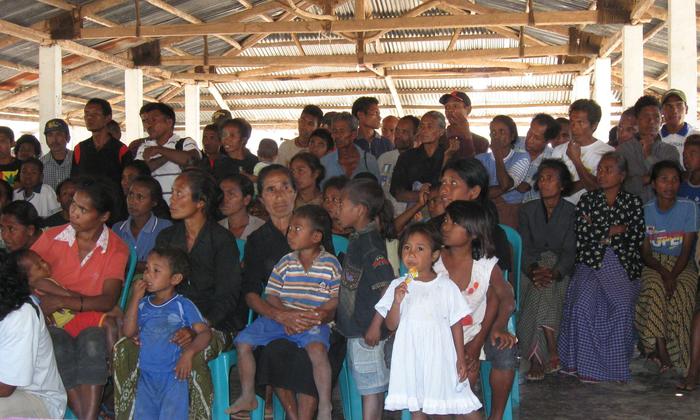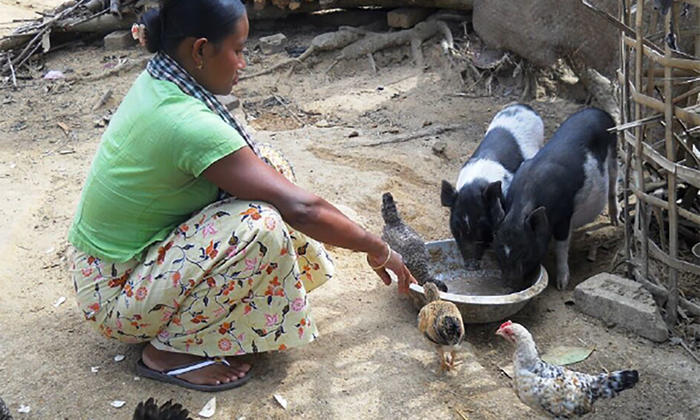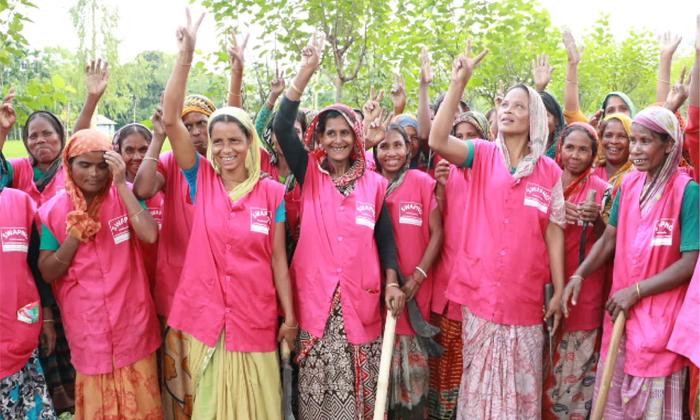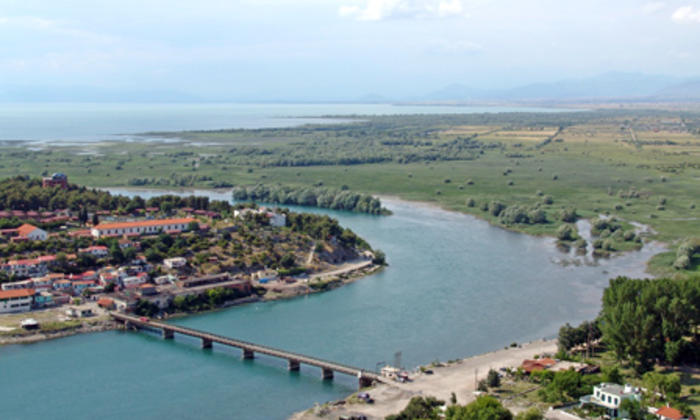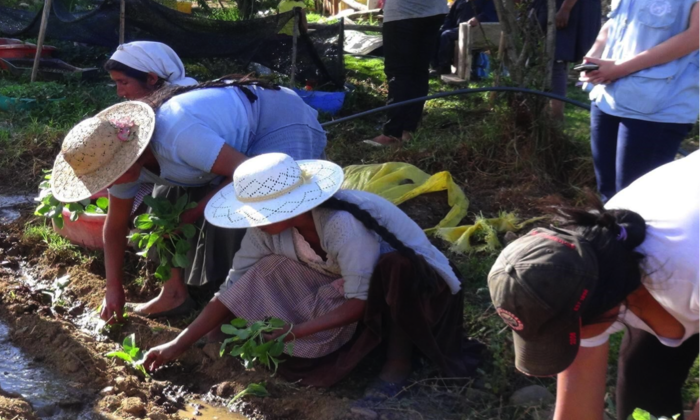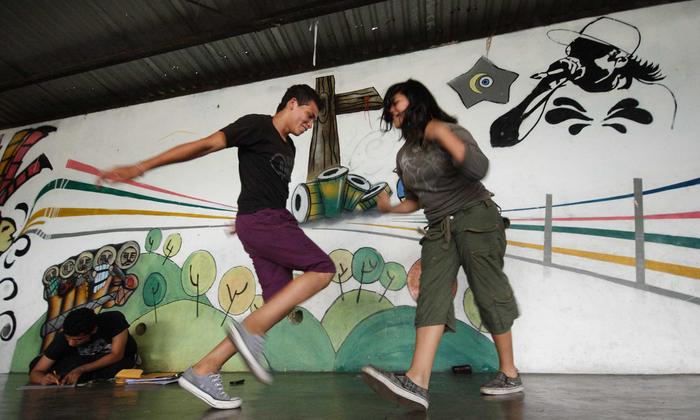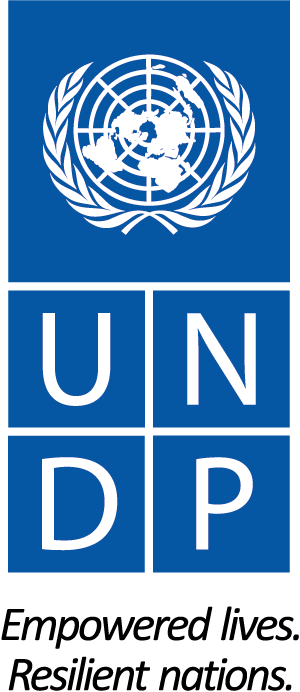While women farmers in Ethiopia perform up to 75% of farm labor, they hold only 18.7% of agricultural land
Case study
Ethiopia: Joint Programme on Gender Equality and Women Empowerment – Rural Women Economic Empowerment Component
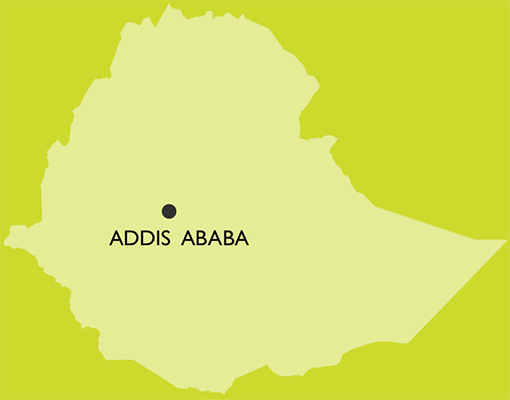
SDGs ADDRESSED
This case study is based on lessons from the joint programme, Joint Programme on gender equality and women empowerment - Rural women economic empowerment component
Read more
Chapters
Project Partners
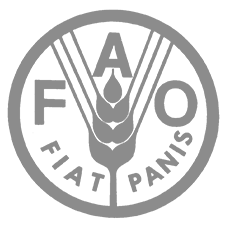
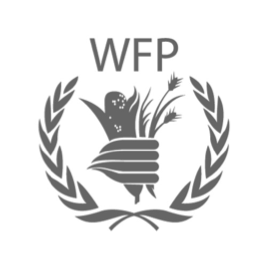
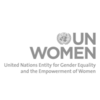
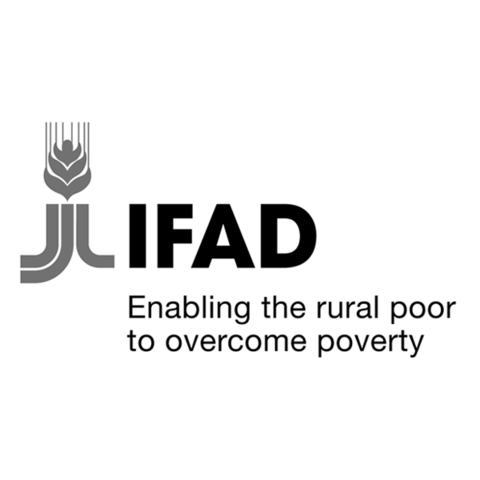
1. SUMMARY
This joint programme was developed to accelerate economic empowerment of rural women in two regions of Ethiopia (Afar and Oromia). The programme also promoted gender equality and strived to reduce rural poverty.
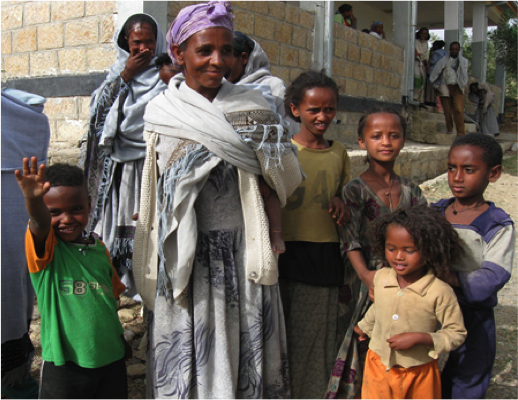
Roral women in Ethiopia they have less access to economic opportunities, education and skills training
2. THE SITUATION
Ethiopia is the second most populous country in Sub-Saharan Africa, with a population of more than 105 million. Despite many efforts and some progress, there are still challenges for ensuring inclusive development. Women have not benefited equally from development as they have less access to economic opportunities, education and skills training. As a result, cultural, social, and structural challenges for women continue to exist at individual, community, institutional and policy levels. These limitations negatively impact women’s empowerment and their access to key services.
Most parts of Ethiopia are rural and have enormous potential for agricultural development. However, rural women are especially vulnerable as they have limited access to skill trainings, formal education, innovative agricultural inputs, and finance. They also have limited ownership and control over productive assets and technologies. While women farmers perform up to 75% of farm labor, they hold only 18.7% of agricultural land.
Despite recent policies strengthening the position of women, rural women still have restricted access to agricultural inputs, fertilizers, finance, credit, extension services, technology and information. These factors limit their contributions to household food security and household income. They also face challenges when it comes to diversifying their work and building productive assets to deal with droughts and other shocks due to climate change.
Another challenge for women’s empowerment is weak institutional structures, including cooperatives, micro-finance institutions, and government bureaus that do not adequately address rural women’s needs. Because of their limited capacity, these institutions are not able to appropriately integrate gender into planning and implementation of activities to support rural women’s empowerment. Additionally, only a small number of women hold leadership positions at such institutions.
3. STRATEGY
The joint programme strategy focused on the regions of Oromo and Afar, using a multifaceted approach to generate gender-sensitive agricultural extension services, support the creation of cooperatives, promote the expansion of women-owned agricultural businesses and increase rural women’s participation in producer associations, financial cooperatives and unions. Thanks to active engagement from the federal and regional government, the joint programme in Ethiopia addressed the barriers to rural women’s empowerment. Four UN agencies brought their comparative advantages and experiences in programmes which empowered women in Ethiopia. FAO brought its experience in agricultural research, promoting production and food security. UN Women brought its technical expertise on gender mainstreaming, including planning, and supporting community mobilization on women’s rights. WFP and IFAD brought their rich experience in increasing incomes and social capital of rural women through women cooperatives and women associations. In addition, local civil society organizations for women worked as development partners to support the joint programme’s effective implementation.
4. RESULTS AND IMPACT
The joint programme targeted 2,500 rural women, who benefited from increased agricultural production and improved their food security and nutrition. Indirectly the joint programme impacted 12,000 household members, more than 14,000 community members, 80 producers’ cooperatives run by rural women for a total of 5,000 members, and 3,000 female members of Rural Saving and Credit Cooperatives (RUSACCOs). As a result of the programme, rural women and their families improved their food and nutrition security. They participated in trainings on agricultural production, households’ food reserve management and control, and cattle fattening and rearing. Technical capacity building was supported through innovative agricultural inputs and technologies. Rural women in Oromia region achieved yields of 40 quintals of wheat, 45 quintals of maize and 20 quintals of Teff (an annual bunch grass) per hectare, showing 100%, 125%, and 83% increases in production, respectively. Eighty percent of the rural women (1,997) are now able to feed their households three times per day with a diversified diet. Rural women also increased their income, which helped them improve their livelihoods.
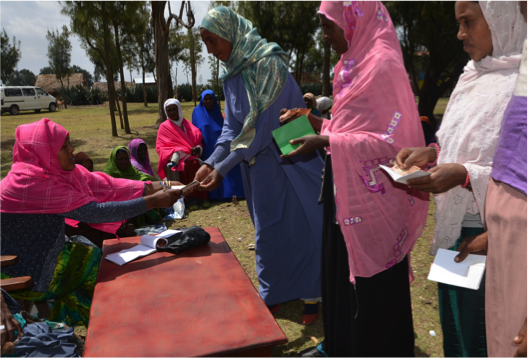
Rural women participate in local Rural Saving and Credit Cooperative (RUSACCO) to receive loans and increase savings to start income-generating activities
The joint programme supported rural women’s businesses and entrepreneurial projects, as well as their leadership and literacy skills. It also created access to market information, gender-sensitive financial and non-financial services, and improved access to productive resources (land, time and labor-saving technologies). This greatly improved their income. Out of 2,500 rural women in the programme, 1,066 are now able to create sustainable and diversified income sources. This helped them have personal savings ranging from $14 to $508. These women are engaged in income-generating activities that include small ruminants and oxen fattening, irrigation, livestock and crop production, dairy petty trade, sales of handicraft, textile, food and hot drinks (tea, coffee) and transportation services by mule/donkey and horse carts. More women participated in producer associations with the aim to access the markets and improve their incomes. For instance, the Bekelcha Beri Milk processing cooperative was able to supply milk and butter to hotels in the district town. Grain producers from the Bedhatu cooperative in Dodola district now supply improved seeds to the Oromia Grain Trade Enterprise through unions.
The programme helped address gender inequality and strengthened women’s involvement in decision-making, focusing on sustainable social change in communities and within households. As a result, 53% (1,335) of women are now able to jointly make decisions with their spouse about household resources and matters involving sales of assets like cattle and rental of land. 15% (368) of rural women now participate in decision-making in rural institutions, including RUSACCOs. When the programme started, there were no rural women participating in decision-making processes of rural institutions, so the impact of the programme has been significant. In the public sphere, 108 rural women (96 in Oromia and 12 in Afar) assumed positions in their cooperatives’ administrative, auditing, control and loan committees. No woman held such a position in either of the regions before the programme started. Moreover, 24 cooperative leaders, 54 women association leaders and 112 rural women received training on leadership and management, family law and economic rights. In addition, 2,127 rural women (1,793 in Oromia and 334 in Afar) gained access to credits/loans through their RUSACCOs. Out of 900 women who received loans in the first round, 744 rural women have already repaid their loans and accessed additional ones to support their income-generating activities
The joint programme also supported gender-responsive policies and an institutional environment that fosters women's economic empowerment. A National Network for Gender Equality in Agriculture was created to support gender-responsive agricultural sector policies, strategies and programmes, and to increase national ownership. Through this network, the joint programme advocated for gender-sensitive national plans and policies. The joint programme in Ethiopia also supported two evidence-based studies, “Costing the Gender Gap in Agricultural Productivity in Ethiopia” and “Budget Tracking of Agriculture Sector from the Gender Perspective” to inform policy development and enhance awareness about gender gaps. A notable result is the “Cooperative Strengthening Manual of Federal Cooperatives Agency (FCA),” which is now more gender-sensitive. This manual aimed to strengthen the cooperatives nationwide and incorporated women-specific access indicators, including the tracking of women’s membership and participation in leadership.

5. CHALLENGES
Different operational and implementation modalities of participating UN agencies coupled with different organizational structures and internal processes presented a challenge. Government officials and other experts attended workshops to address these challenges and improve coordinated work.
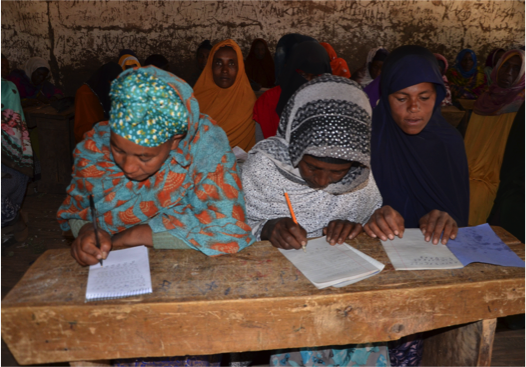
Rural women in Oromia region participate in trainings to increase their literacy skills and entrepreneurial capacity
The programme increased women’s access to and control of land. However, complex and sensitive land issues in Ethiopia, including traditional attitudes opposing a woman’s right to land, created challenges. One of the joint programme’s assumptions was that there was an enabling environment resulting from a federal policy and a proclamation granting women access to land and the government’s joint land certification process. But even there was this institutional environment to grant women access to land, the implementation of this process proved to be difficult and the progress slow. To address these factors, awareness campaigns on gender and dialogue with the relevant government stakeholders should be continued.
The joint programme experienced several delays due to the state of emergency and severe droughts, which left millions of people dependent on emergency food assistance. The devaluation of the Birr (national currency) against the dollar caused delays in procurement of equipment. To address implementation difficulties, a high-level discussion was held between federal, regional, and district officials in order to set priorities and inform the participants about the interventions.
The participants’ busy schedules at home and in the fields, along with their limited awareness about the benefits of the Functional Adult Literacy training limited their participation, so only a small number of women reached sufficient literacy levels (ability to identify and read letters and numbers). To address difficulties, continuous communications with the bureaus of Education and Women and Children’s Affairs helped educate the participants and created a reward system for those who attended and performed well.
Complex and sensitive land issues in Ethiopia, including traditional attitudes, created challenges to increase the women’s access to and control to land
6. LESSONS LEARNED
- The government’s participation and national ownership is crucial for accelerating programme activities and achieving successful results. Institutional capacity building should be continued to ensure the government brings different actors to deliver services for women. It is important to provide updated and tailored manuals, guidelines and standards for capacity building activities in order to change attitudes and perceptions regarding gender issues.
- In order to ensure positive outcomes, programme interventions should be aligned with national and global policies and standards to promote and protect women’s economic rights. This allows for better synergy and lower transaction costs because of the use of existing governance arrangements, institutional support and implementation infrastructure.
- New agricultural technologies and products such as improved seeds will work better if climate change is better taken into consideration. For instance, improved wheat seeds were helpful in Dodola town (Oromia region) since it has high precipitation, while they were not as helpful as expected in AT-JK district since because of its dry area. In Afar region, lowland wheat variety could have been productive.
- Male engagement in community mobilization and gender–sensitive approaches creates an environment that is conducive for the programme. The involvement of men and boys in gender-awareness activities gave women the opportunity to express their concerns and work together to identify mutual interests, bring attention to the importance of family perspectives and triggered discussions within households and communities. Now, gender equality and women’s empowerment are not seen solely as women’s issues and men are being engaged as actors to spur social change.
7. SUSTAINABILITY AND POTENTIAL FOR REPLICATION
Results can become sustainable by working at the policy level to influence mechanisms that promote gender equality and women’s empowerment in Ethiopia. A positive impact on the lives of more than 2,500 rural women and their family members has been realized through the multisector approach employed to address the individual, institutional and community-level barriers of the targeted rural women. The results show that this joint strategy can be replicated and scaled up in other regions of Ethiopia. Additional funding from Sweden and Norway was secured to increase the number of beneficiaries as well as to reach new and vulnerable rural women in the Dubti District and two towns in the Oromia region.
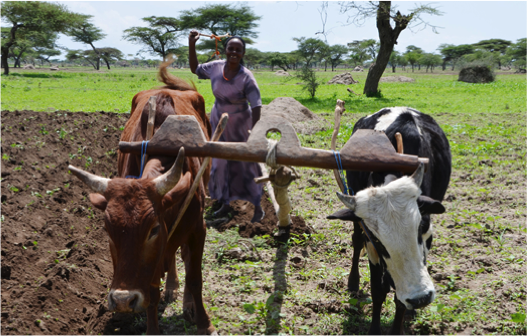
Ila Robale, a programme beneficiary, received a loan from to buy a second ox to plough her 1.5 hectares of land and produce food for her family

